The Bhagavad Gita, often referred to simply as the Gita, is a 700-verse Hindu scripture that is part of the Indian epic Mahabharata. It is a dialogue between Prince Arjuna and Lord Krishna, who serves as his charioteer. This sacred text is set on the battlefield of Kurukshetra, just before a great war is about to commence.
Arjuna, faced with the moral dilemma of fighting against his own relatives, teachers, and friends, is filled with doubt and confusion. In this moment of crisis, Krishna imparts profound spiritual wisdom and guidance, addressing not only Arjuna’s immediate concerns but also the broader questions of life, duty, and the nature of existence. The Gita is revered not only as a religious scripture but also as a philosophical treatise that transcends cultural and temporal boundaries.
Its teachings encompass various aspects of life, including ethics, morality, and spirituality. The text has been interpreted in numerous ways over the centuries, influencing countless thinkers, leaders, and spiritual seekers. The Gita’s exploration of the human condition and its quest for meaning resonate deeply with individuals across different backgrounds, making it a timeless source of inspiration and guidance.
Key Takeaways
- The Bhagavad Gita is a sacred Hindu scripture that is part of the Indian epic Mahabharata, and it is a conversation between Prince Arjuna and the god Krishna.
- Karma refers to the law of cause and effect, while Dharma refers to one’s duty and righteousness, and both are central concepts in the Bhagavad Gita’s philosophy.
- Self-realization is emphasized in the Bhagavad Gita as the key to understanding one’s true nature and achieving inner peace and fulfillment.
- The concept of yoga in the Bhagavad Gita goes beyond physical postures and encompasses the union of the individual soul with the universal consciousness.
- The Bhagavad Gita teaches the importance of detachment and renunciation as a means to overcome desires and achieve spiritual growth.
The Philosophy of Karma and Dharma
At the heart of the Bhagavad Gita lies the intricate philosophy of karma and dharma. Karma refers to the law of cause and effect, where every action has consequences that shape an individual’s future experiences. This principle emphasizes personal responsibility; one’s current circumstances are a direct result of past actions.
The Gita teaches that understanding karma is essential for navigating life’s challenges. It encourages individuals to act with awareness and intention, recognizing that their choices contribute to their spiritual evolution. Dharma, on the other hand, signifies one’s duty or righteousness in accordance with their role in society and the universe.
The Gita emphasizes that fulfilling one’s dharma is paramount, even when faced with difficult choices. Arjuna’s struggle exemplifies this concept; he must reconcile his duty as a warrior with his moral qualms about fighting against loved ones. Krishna advises him to embrace his dharma without attachment to the results of his actions.
This teaching underscores the importance of aligning one’s actions with a higher purpose, fostering a sense of integrity and commitment to the greater good.
The Importance of Self-Realization

Self-realization is a central theme in the Bhagavad Gita, representing the journey toward understanding one’s true nature beyond the physical body and ego. The text posits that individuals are not merely their thoughts or emotions but are instead eternal souls (atman) that are part of a larger cosmic reality (Brahman). This realization is crucial for achieving inner peace and fulfillment.
The Gita encourages individuals to look beyond superficial identities and societal roles to discover their authentic selves. Krishna’s teachings guide Arjuna toward self-awareness by urging him to recognize his divine essence. This process involves introspection and meditation, allowing individuals to transcend their limitations and connect with a higher consciousness.
The Gita asserts that self-realization leads to liberation (moksha), freeing individuals from the cycle of birth and death (samsara). By understanding their true nature, individuals can cultivate compassion, wisdom, and equanimity in their lives, ultimately contributing to their spiritual growth.
The Concept of Yoga in the Bhagavad Gita
Yoga in the Bhagavad Gita encompasses more than just physical postures; it represents a holistic approach to life that integrates mind, body, and spirit. The term “yoga” itself means union or connection, signifying the alignment of individual consciousness with universal consciousness. The Gita outlines various paths of yoga, including Karma Yoga (the yoga of action), Bhakti Yoga (the yoga of devotion), Jnana Yoga (the yoga of knowledge), and Dhyana Yoga (the yoga of meditation).
Each path offers unique methods for individuals to cultivate spiritual awareness and achieve self-realization. Karma Yoga emphasizes selfless action performed without attachment to outcomes. Krishna teaches Arjuna that by dedicating his actions to a higher purpose, he can transcend personal desires and ego-driven motivations.
Bhakti Yoga focuses on devotion and surrender to God, fostering a deep emotional connection with the divine. Jnana Yoga involves the pursuit of knowledge and wisdom through study and contemplation, while Dhyana Yoga emphasizes meditation as a means to quiet the mind and attain inner peace. Together, these paths provide a comprehensive framework for individuals seeking spiritual growth and fulfillment.
The Teachings on Detachment and Renunciation
Detachment and renunciation are pivotal concepts in the Bhagavad Gita that guide individuals toward spiritual liberation. Krishna teaches Arjuna that true renunciation does not entail abandoning one’s duties or responsibilities but rather involves relinquishing attachment to the fruits of one’s actions. This distinction is crucial; it allows individuals to engage fully in life while maintaining an inner sense of peace and equanimity.
By practicing detachment, one can navigate challenges without being overwhelmed by desires or fears. The Gita emphasizes that attachment leads to suffering, as it creates a false sense of identity tied to external circumstances. By cultivating detachment, individuals can experience life more fully without being ensnared by its ups and downs.
Krishna encourages Arjuna to perform his duty as a warrior while remaining unattached to victory or defeat.
The Path to Liberation and Freedom

The True Nature of Liberation
Liberation is not merely an escape from worldly existence, but rather an awakening to one’s true nature as an eternal soul. The Gita teaches that by aligning one’s actions with dharma and cultivating self-realization through yoga, individuals can transcend the limitations imposed by ignorance and attachment.
The Path to Liberation is Accessible to All
Krishna’s guidance emphasizes that liberation is accessible to all who earnestly seek it. The text encourages individuals to engage in selfless service (seva), cultivate compassion for others, and develop a deep connection with the divine through devotion. By embodying these principles in daily life, one can gradually dissolve the barriers that separate them from their true essence.
A Collective Pursuit of Liberation
The journey toward liberation is portrayed as both an individual pursuit and a collective endeavor, highlighting the interconnectedness of all beings.
The Eternal Relevance of the Bhagavad Gita
The teachings of the Bhagavad Gita possess an enduring relevance that transcends time and culture. Its exploration of fundamental human dilemmas—such as duty versus desire, action versus inaction, and individual versus collective responsibility—resonates with people across diverse backgrounds. The Gita’s insights into the nature of existence provide a framework for understanding life’s complexities in an increasingly chaotic world.
Philosophers, leaders, and spiritual seekers have drawn inspiration from the Gita’s teachings for centuries. Figures such as Mahatma Gandhi cited its principles as foundational to their philosophies of nonviolence and social justice. In contemporary society, where individuals grapple with existential questions amid rapid change, the Gita offers timeless wisdom for navigating uncertainty with grace and purpose.
Its emphasis on self-awareness, ethical living, and spiritual growth remains relevant in fostering resilience and compassion in an interconnected world.
Applying the Wisdom of the Bhagavad Gita in Modern Life
In today’s fast-paced world, the wisdom of the Bhagavad Gita can be applied in various ways to enhance personal well-being and foster meaningful connections with others. One practical application is through mindfulness practices that encourage individuals to remain present in their actions while cultivating awareness of their thoughts and emotions. By integrating mindfulness into daily routines—whether through meditation, conscious breathing, or reflective journaling—individuals can develop greater clarity about their motivations and choices.
Moreover, embracing the principles of Karma Yoga can transform how one approaches work and relationships. By focusing on selfless service and dedicating efforts to a higher purpose rather than solely personal gain, individuals can experience deeper fulfillment in their endeavors. This shift in perspective fosters collaboration over competition, encouraging individuals to contribute positively to their communities while nurturing their own spiritual growth.
The teachings on detachment can also be particularly beneficial in managing stress and anxiety in modern life. By recognizing that attachment to outcomes often leads to suffering, individuals can cultivate resilience by letting go of rigid expectations. This practice allows for greater adaptability in facing challenges while maintaining an inner sense of peace.
In conclusion, the Bhagavad Gita serves as a profound guide for navigating life’s complexities through its teachings on karma, dharma, self-realization, yoga, detachment, liberation, and ethical living. Its timeless wisdom continues to inspire individuals seeking meaning and purpose in an ever-changing world.
If you are interested in exploring the timeless wisdom of the Bhagavad Gita and its relevance to modern life, you may want to check out the article “The Gita: A Universal Guide to Life Wisdom” on thegita.in. This article delves into the profound teachings of the Gita and how they can serve as a guiding light in navigating the complexities of life. Additionally, you can visit thegita.in for more insightful articles on the Gita and its valuable life lessons for today.
FAQs
What is the Bhagavad Gita?
The Bhagavad Gita is a 700-verse Hindu scripture that is part of the Indian epic Mahabharata. It is a sacred text of the Hindu religion and is considered one of the most important spiritual classics.
How old is the Bhagavad Gita?
The Bhagavad Gita is estimated to have been written between the 5th and 2nd century BCE, making it over 2,000 years old.
Who is the author of the Bhagavad Gita?
The authorship of the Bhagavad Gita is traditionally ascribed to the sage Vyasa, who is also credited with composing the Mahabharata.
What is the significance of the Bhagavad Gita?
The Bhagavad Gita is revered for its philosophical and spiritual teachings, which cover topics such as duty, righteousness, and the nature of reality. It is considered a guide to living a fulfilling and meaningful life.

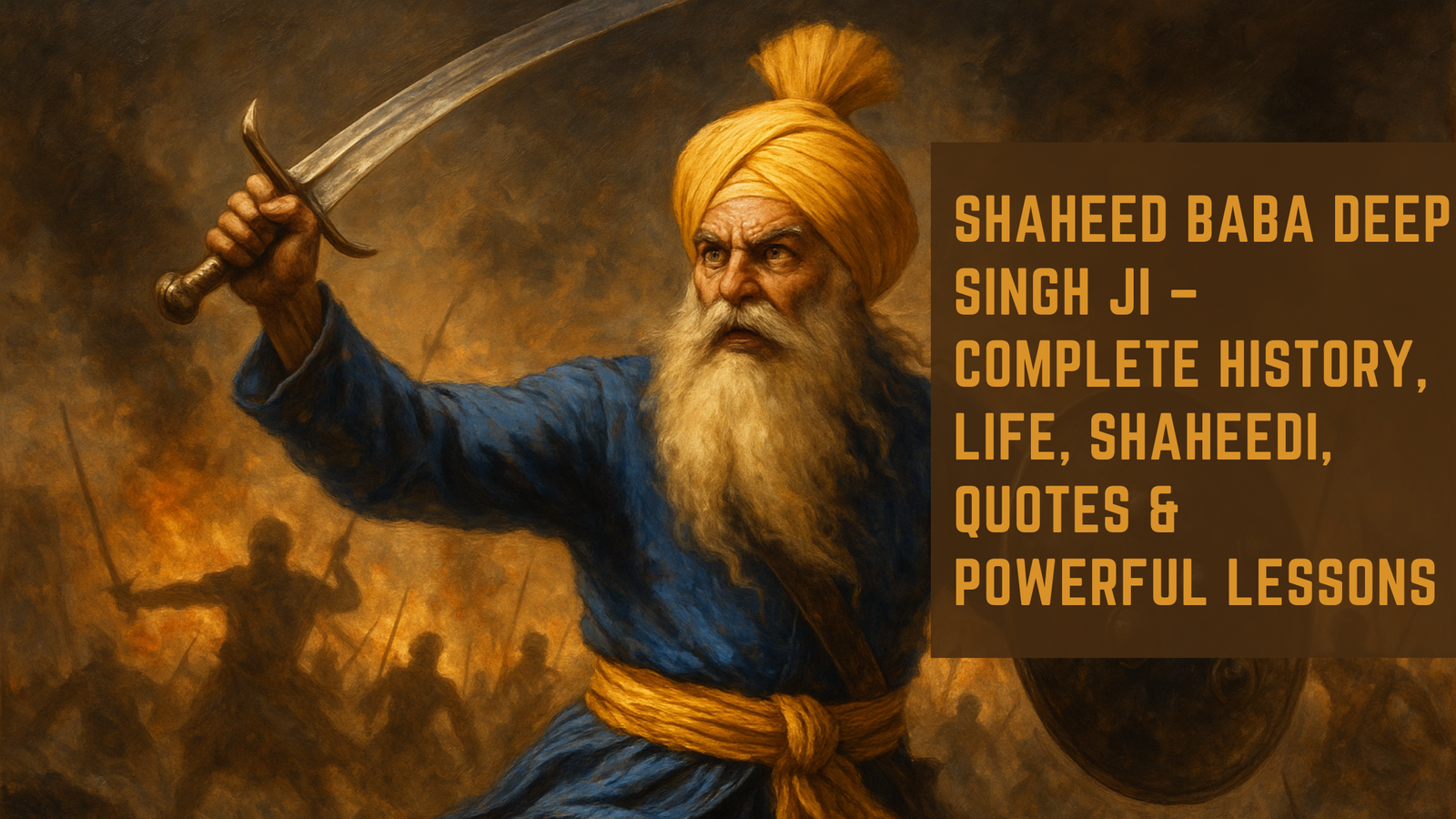
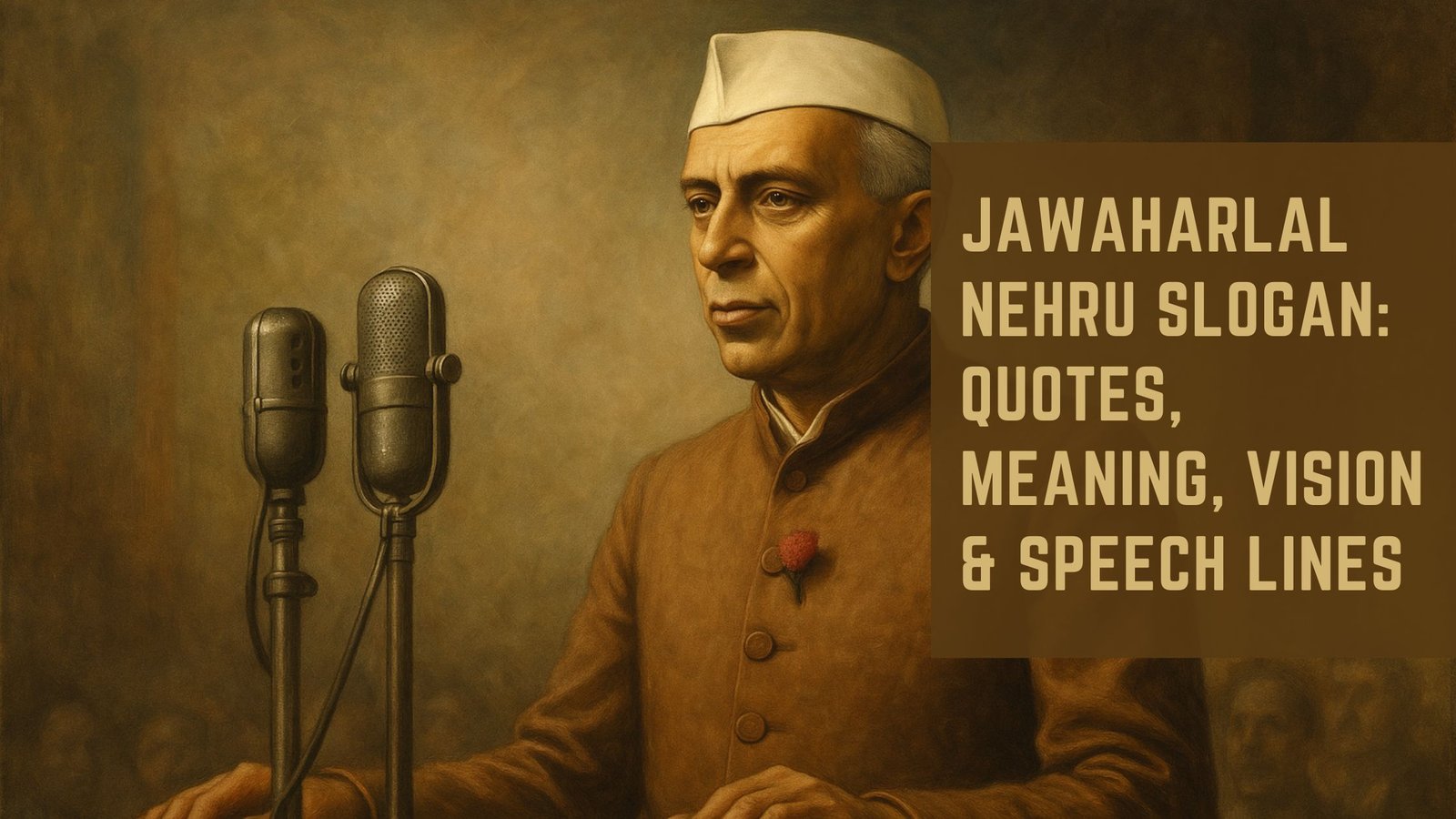


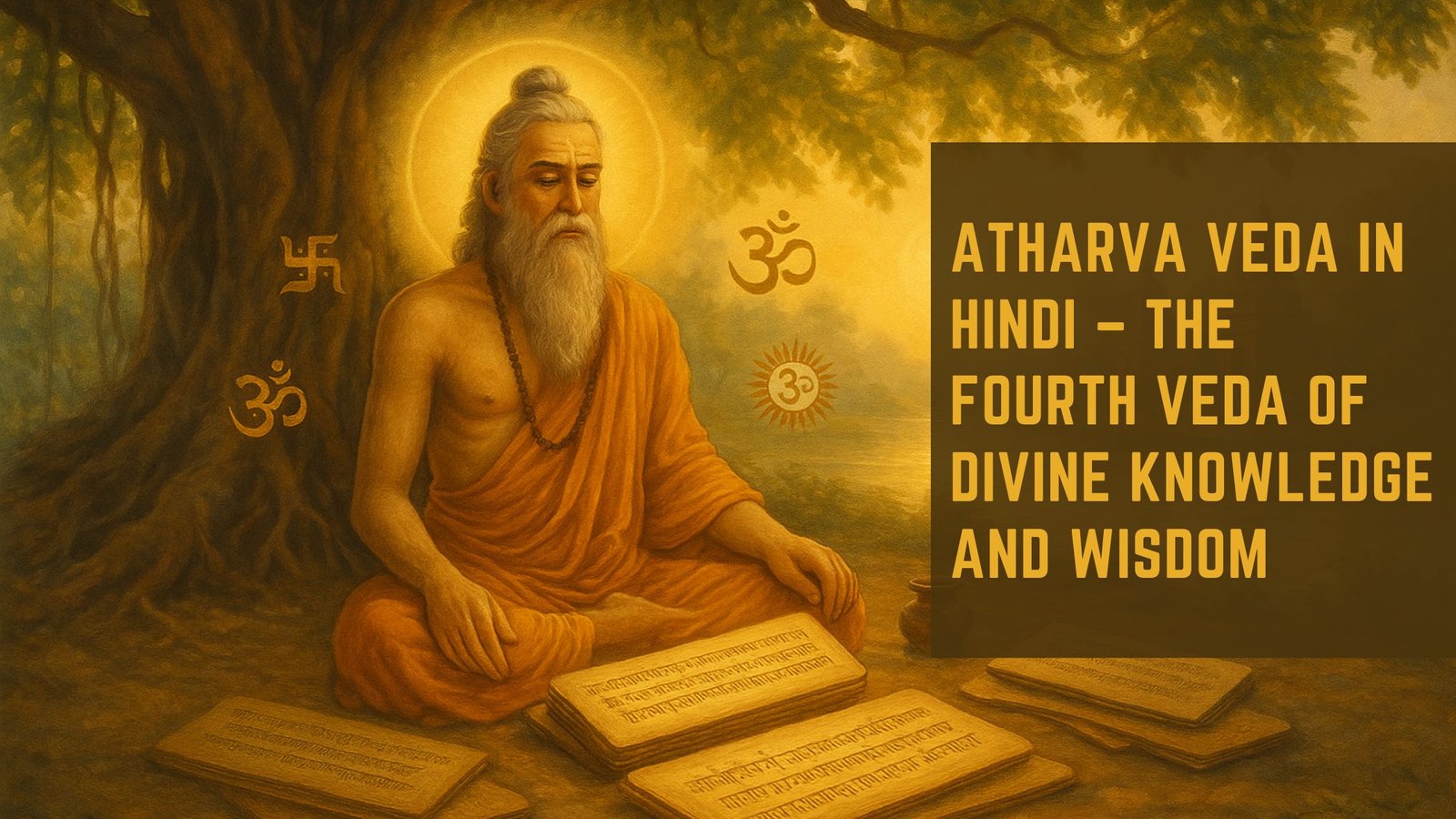

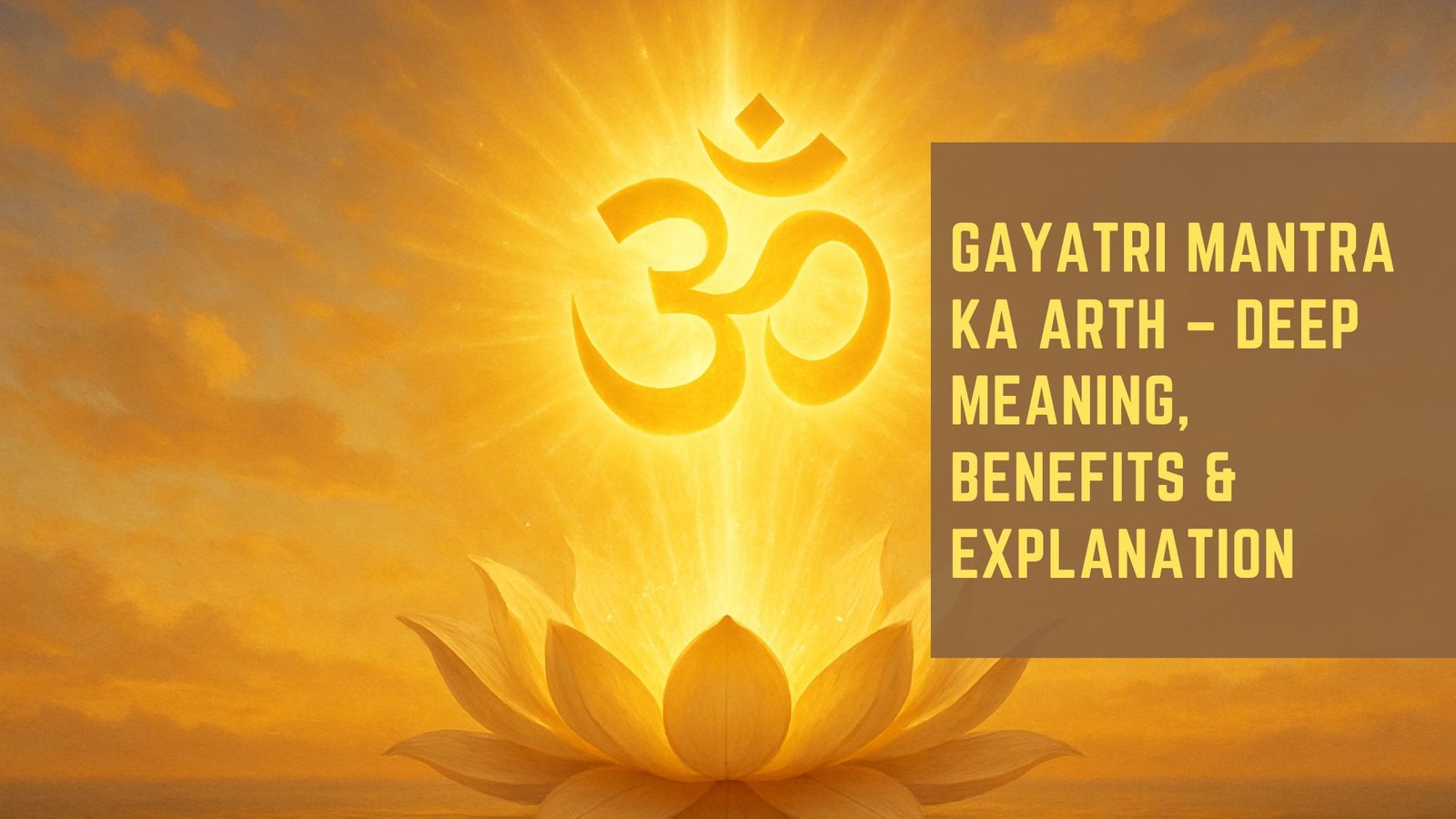
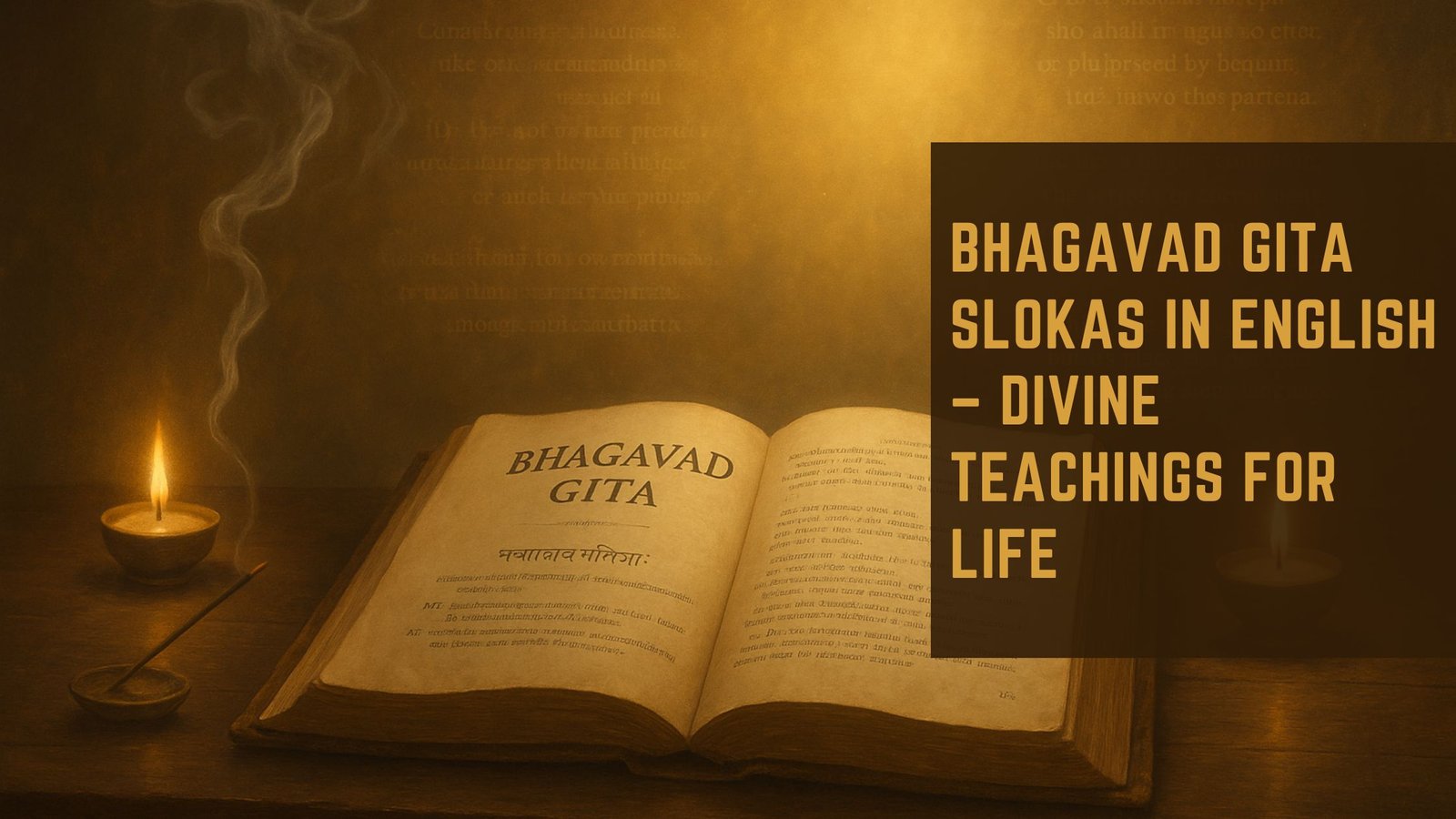


4 thoughts on “The Eternal Wisdom of the Bhagavad Gita”